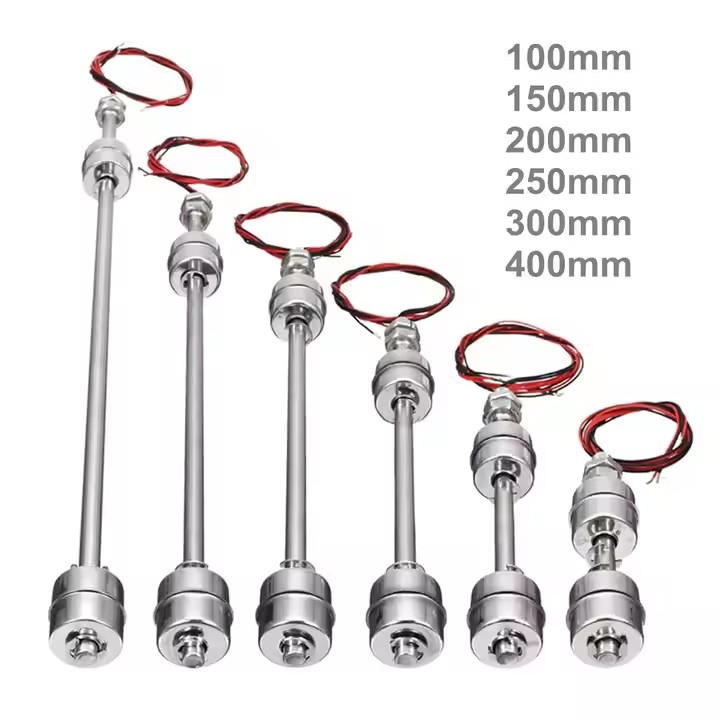From circuit breakers to spacecraft controls, metal push button switches are engineered for precision. This blog dives into their design principles, material science, and testing standards.
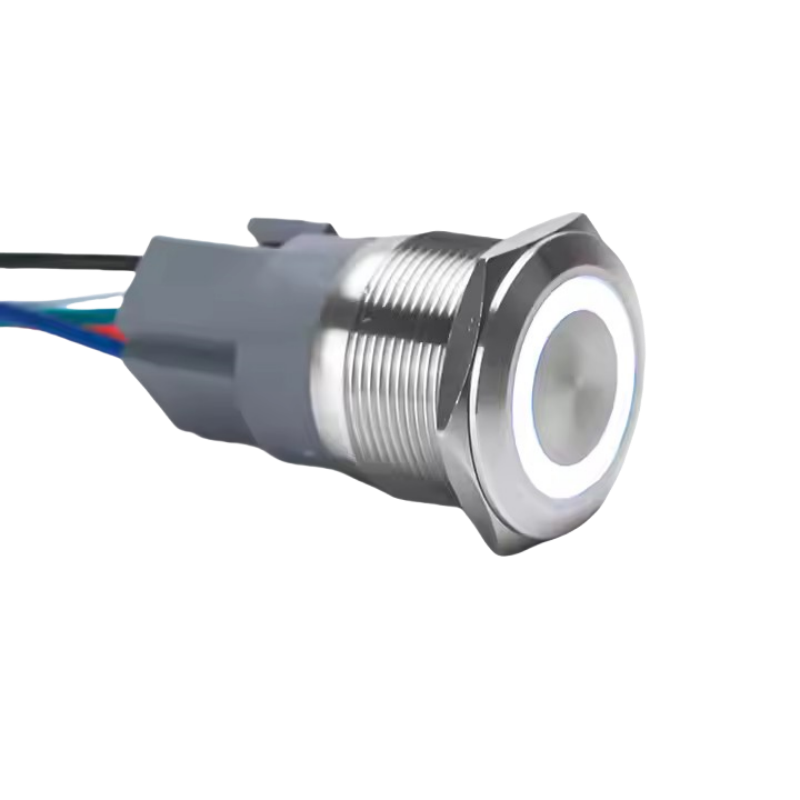
1. Material Selection: Why Metal Matters
a. Stainless Steel
Corrosion-resistant, ideal for marine or chemical environments.
Grades: 304 (general use) vs. 316 (high corrosion resistance).
b. Aluminum
Lightweight and conductive, perfect for aerospace.
Anodized finishes for added durability.
c. Brass
Excellent electrical conductivity, often used in low-voltage systems.
Polished finishes for decorative applications.
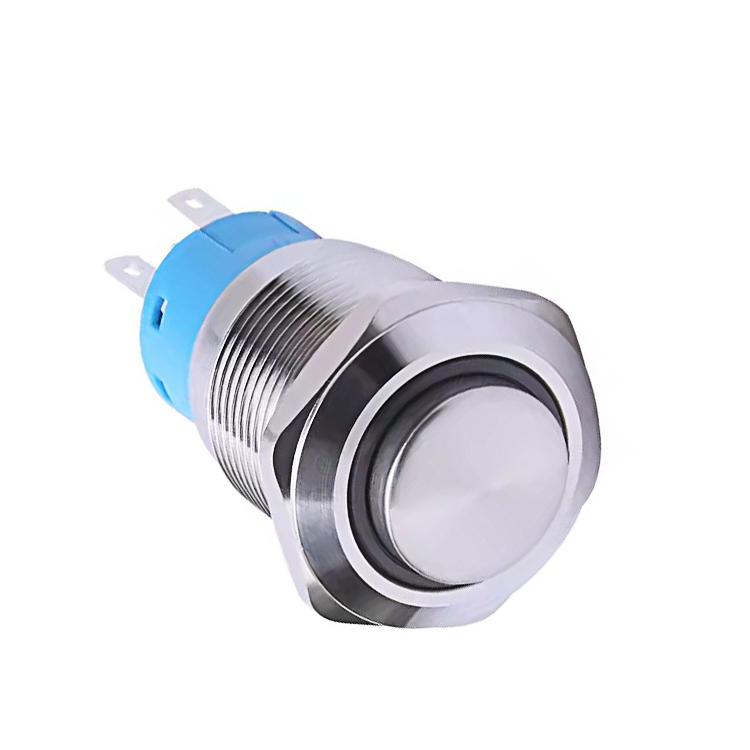
2. Design Considerations
a. Contact Mechanism
Gold-Plated Contacts: Reduce oxidation and ensure signal integrity.
Snap-Action Design: Provides tactile feedback and minimizes arcing.
b. Sealing Techniques
O-rings or silicone gaskets for waterproofing.
Hermetic sealing for vacuum or high-pressure environments.
c. Actuation Force Optimization
Ranges from 2N (light touch) to 20N (anti-accidental presses).
Custom springs for tailored user experience.
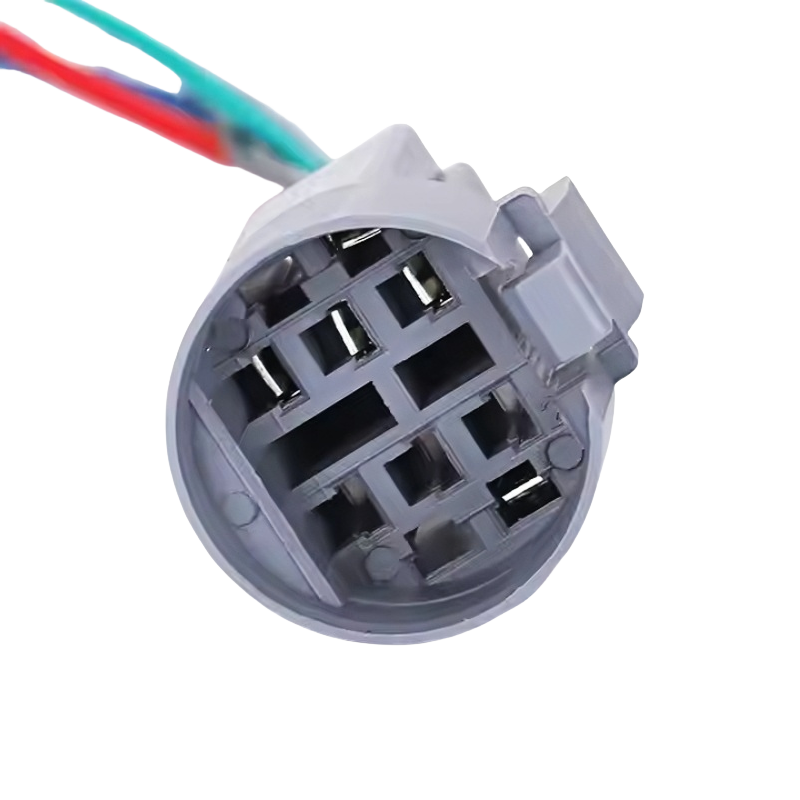
3. Compliance and Testing Standards
IP Ratings: IP67 (dustproof and waterproof up to 1m).
UL/CE Certification: Ensures safety for electrical components.
Mil-Spec Testing: Vibration, shock, and temperature cycling (-40°C to 125°C).
Case Study: A railway switch tested for 10 million cycles under extreme temperatures.
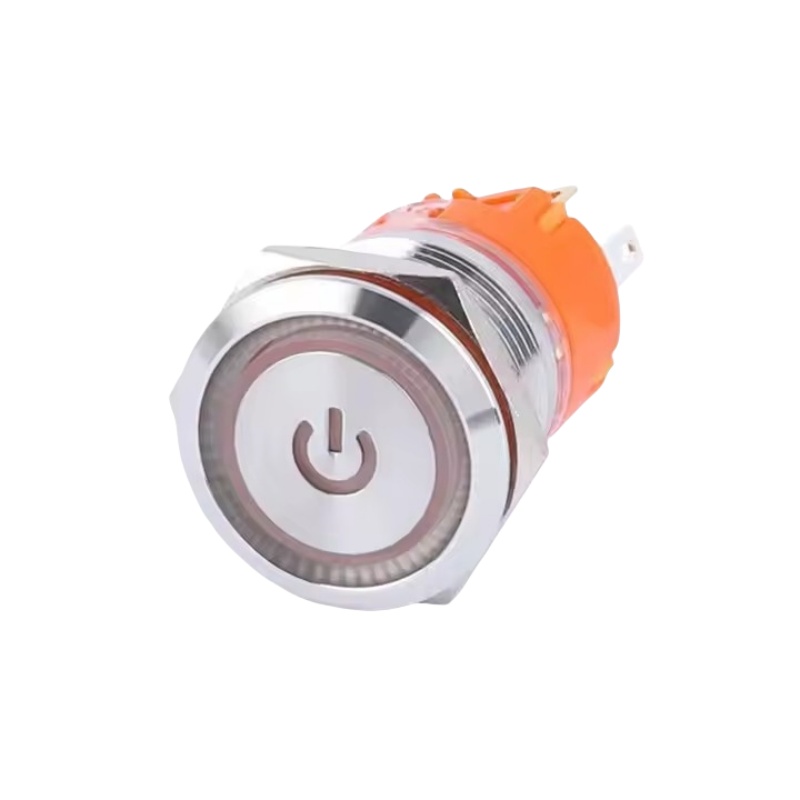
4. Innovations in Metal Switch Technology
Smart Switches: IoT-enabled buttons with wireless connectivity.
Haptic Feedback: Simulates touch response in automotive controls.
Eco-Friendly Materials: Recyclable aluminum housings.
The engineering of metal push button switches blends tradition and innovation, ensuring they meet evolving industrial demands.

